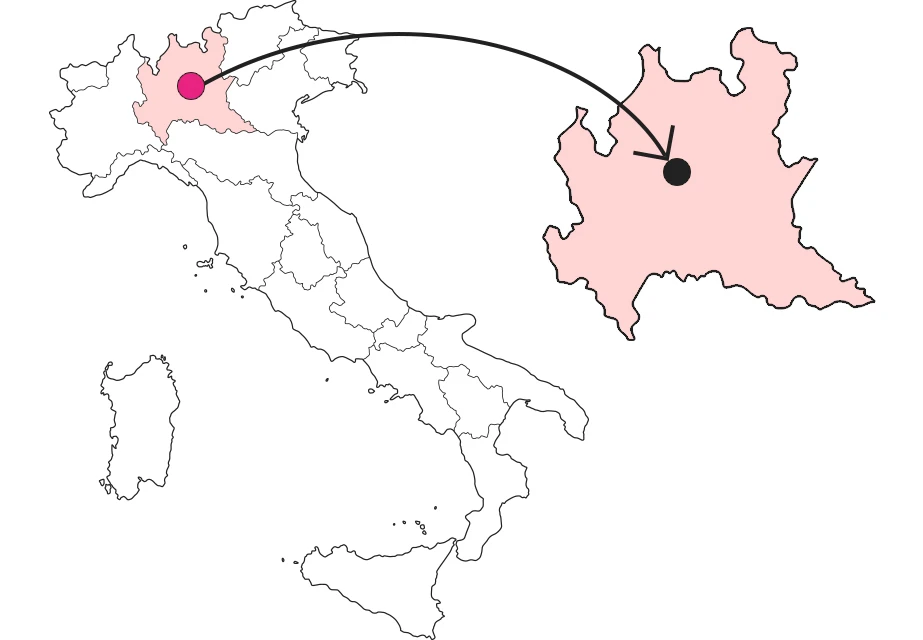SHARRYLAND


Palazzo Moroni, the secret park in the heart of Bergamo Alta
A palace rich in art, beauty and nature hides behind a small doorway in Bergamo Alta



Where is

What it is and where it is Palazzo Moroni
If the entrance is modest, on the street leading to the Funicular and then to the Piazza di Bergamo Alta, it is only because the meager space did not allow anything else for the Moroni family when they had the palace built between 1636 and 1666. But the idea of sobriety is immediately belied by the monumental staircase with frescoed ceilings depicting the stories of Cupid and Psyche, which leads to the state rooms on the upper floor. The impression of those who ascend is that the space expands step by step.
Why it is special: the trompe l'oeil ceilings.
The halls are spectacular, made all the more impressive by the effect of the faux architecture of the ceilings, which make them seem even taller: in the Hall of the Liberated Jerusalem, for example, the faux columns create a striking optical effect, and in the Hall of the Giants it seems as if the boulders that have been torn apart could really fall on the visitor. Here there is all the theatricality and the Baroque desire to amaze.
The Picture Gallery and the Gentleman in Pink
Before leaving the rooms, it is necessary to dwell on the picture gallery: about fifty mainly Lombard works of absolute significance. Attention is irresistibly drawn to the Gentleman in Pink, the most famous work by Moroni, a celebrated 16th-century painter from Bergamo (no relation to the palace's owners). It is curious that, in such a sumptuous palace, the work invites us to reflect on the transience of human things, with the ruined architecture serving as a backdrop to the portrait.
Not to be missed: the hidden countryside in Città Alta
Once the visit to the rooms is over, we step out onto the garden, and here is the real surprise: right in the center of Bergamo Alta, a roof garden opens up on three terraces connected by stairs that lead up to the 19th-century turret, the Pensatoio. And then the Ortaglia, an expanse of fields (a good two and a half hectares) with a spectacular view of the lower city. It was intended for useful crops for the family and has miraculously remained intact, a corner of authentic countryside in the city. There are vines on arbors, cherry trees, mulberry trees, meadows, and even a rockery. A family of badgers also lives there, for which a buffer zone has been identified.
A bit of history: the mulberry trees of the Moroni family.
The Moroni family, originally from Albino, was not noble but had become wealthy through mulberry cultivation and silkworm breeding. As a demonstration of the wealth they acquired, they had a town palace built and entrusted its frescoes to Gian Giacomo Barbelli of Cremasque in 1649. Today it belongs to the FAI. It is precisely to the cultivation of mulberry trees, muron, as they say in Lombardy, that the family owes its name. The mulberry tree is also found in its coat of arms.
Curiosity: palace with a view
The palace is the only one on the street that does not have any neighbors. In fact, during renovations in 1878, Count Moroni (in the meantime the family had acquired the title of nobility) bought the building across the street and had it demolished because it obstructed the view to the windows on the upper floor.
Enter the Map of Italy's Undiscovered Wonders and find treasures where you least expect it... Inspire, Recommend, Share...
The Map thanks:
Enter the Map of Italy's Undiscovered Wonders and find treasures where you least expect it... Inspire, Recommend, Share...
Where is


